For in one sense Faerie represents a species of limbo, a great abyss of traditional material, into which every kind of ancient belief came to be cast as the acceptance of one new faith after another dictated the abandonment of forms and ideas unacceptable to its doctrines. The difference between god and fairy is indeed the difference between religion and folklore.
Lewis Spence, British Fairy Origins: The Genesis and Development of Fairy Legends in British Tradition (1946)
Poring over a reprint of a 1909 Ordnance Survey map of Wrexham I noticed something odd. On the corner of Belmont Road and Fairy Road, in an area close to the town centre, I noticed that a tumulus was marked in what appeared to be the garden of a large house at the point where the two roads meet. I know Fairy Road reasonably well; it’s a conservation area with some striking examples of Arts and Crafts architecture and was once home to the offices of the Football Association of Wales. But I’d never noticed a tumulus there before and, according to the 1909 map, it looked like quite a large one. Strangely though, I couldn’t find anything marked on the current OS Explorer map nor was there anything on Google or Open Street Map.
But the coincidence of the presence a prehistoric burial mound and the fact that the street is named Fairy Road intrigued me: what resonances of myth and memory had led to the area being given such a name? Having a free afternoon that day, I decided to take a little field trip. The first thing that strikes you about Fairy Road is the wealth of quirky Victorian architectural features, such as turrets, towers and curved walls, and the overall unity of the feel of the street that comes from the universal use of Ruabon red brick. The effect is spoiled, however, by the fact the street is part of Wrexham’s inner ring road and the noise and smell of traffic is ever-present.
Just past the corner with Belmont Road was something I hadn’t noticed before – a large detached house called Fairy Mount. The house sits behind a high wall of Ruabon brick on one side and a stone wall topped with a wooden fence on the other. Stretching to peer over the fence I saw that the house was set in extensive lawned grounds. I also saw that there, in the middle of the front garden, was a large grassy mound with the unmistakeable shape of a barrow. Sitting on top of the mound, like some strange obelisk, was the hollowed-out trunk of a dead tree. Leaning my camera on the fence I managed to fire off a couple of pictures.
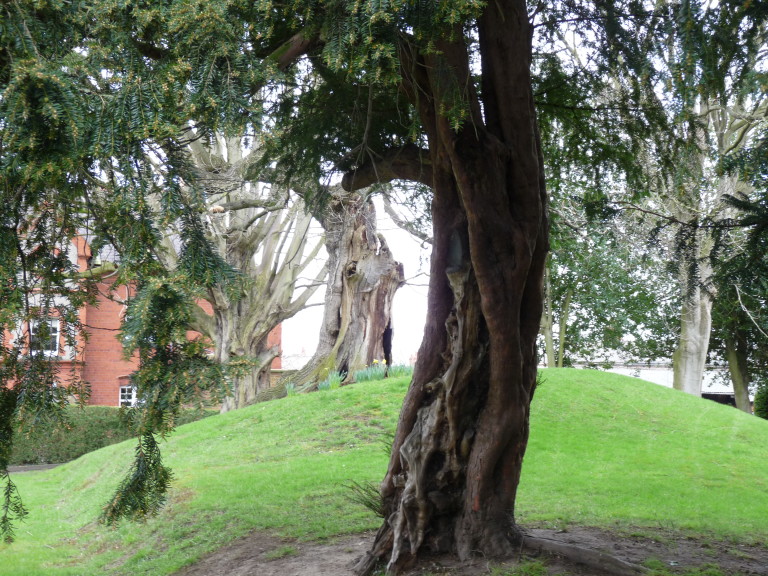
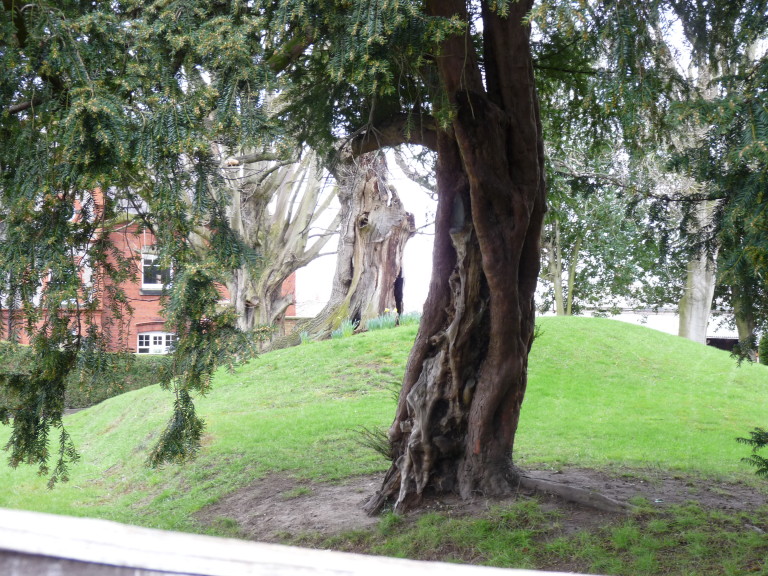
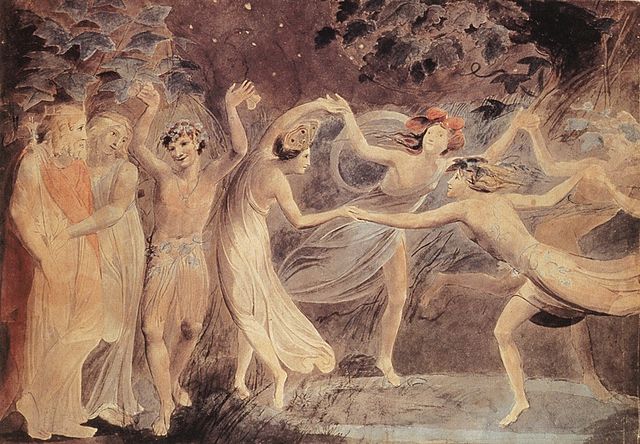
Reading about Fairy Mount later, I learned that the house was built on a plot called Fairy Field and that the barrow was once topped by an oak tree. According to legend the fairy folk would dance around the mound on sacred occasions. It was excavated in 1882 prior to the construction of Fairy Mount and bones and pottery dating back to the Bronze Age were found. Unfortunately these remains have since disappeared.
Fairy hills feature prominently in Welsh and Irish folklore and tended to be regarded with a mixture of reverence and caution. For the pre-Christian Celtic peoples a belief in the supernatural realm was an integral part of their world view, as was the existence of beings from this hidden world. In Scotland and Ireland these beings were known as the Aos Sí, which means the Good People or Fair Folk. To trespass onto their sacred places such as a fairy mount, known to them as a Sidhe, was to ask for trouble.
Of course we now know that such earthworks were constructed by our human ancestors more than two millennia ago. But even as I leaned on that wooden fence gazing across at the Fairy Mount with cars passing by behind me, I could still sense a certain ethereal beauty permeating this haven of earth, grass, trees and memory.
All images by the author other than:
Oberon, Titania and Puck with Fairies Dancing – William Blake
Street view of Fairy Road – Google Street View

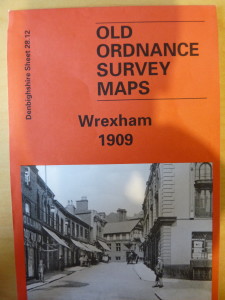
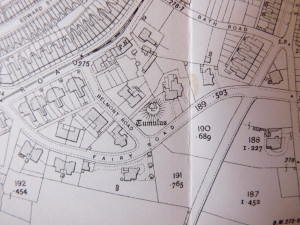
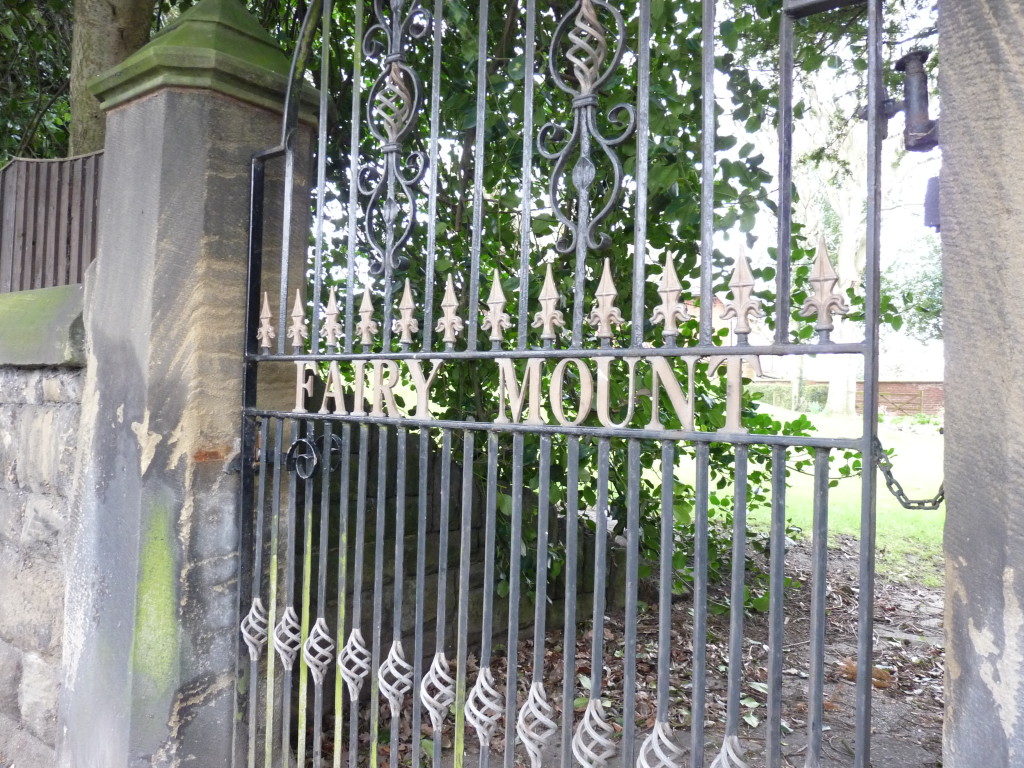
Wow what a beautiful find! 😀
Thanks Laura – your Northumberland folklore blog is excellent!
So pleased to have found your blog. And that was before I realised you were in the Wrexham area too, an added bonus.
Fascinating stuff here 🙂
Thanks Annie – nice to hear from you.
What a beautiful article. Myself and my husband have owned FairyMount for the past 15 years. Unfortunately we lost the Old Oak tree this summer, the garden doesn’t look the same without its imposing presence.
Thank you for writing such a beautiful article.
I’m glad you enjoyed the article, Nicola. But I’m so sorry to hear about your oak tree, it really was an iconic part of the landscape of the street.
hello nichola, i live near fairy mount and love folklore, do you know of any folklore around the area? do you have any tales yourself?
Great article Bobby,recently heard folklore story of giants using fairy mount as there meeting place,also don’t know if you’re aware of a round barrow called hillbury just off erddig road,thanks,good stuff
Thanks Jason. No, I didn’t know about Hillbury. I must go and see it sometime though, according to the following it’s quite damaged: http://www.megalithic.co.uk/article.php?sid=13500